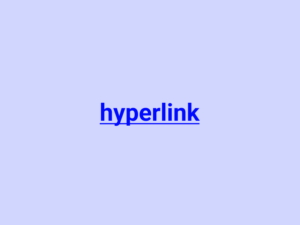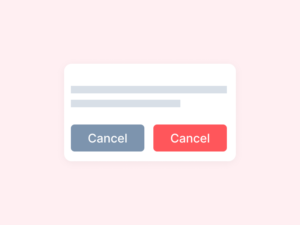The best way to refer to these objects is determined by: who’s using the system, what’s actually being done; and what extra actions can be taken.
The Programmer’s Perspective
A well-known CRUD operation is that of creating, reading, updating, and destroying data in a database (or a data-driven API).
Creating a record, adding it to a container, removing it from the container, and ultimately destroying or deleting it are all possible steps in several programming languages.
Update vs Modify vs Change – Create vs Add – Delete vs Remove: Use in everyday language


- A change is something that has yet to be stored (to a database or file) in programming, whereas an update is the act of saving a change. Modification of records is rare, however it does occur when a database is in an unpersisted condition, as indicated by the presence of modified entries.
- You start from scratch and build something new. Make a new report, for example.
- You add something to a container once it’s been created. Akin to adding a new manager to the team.
- You may alter the qualities of anything by altering it. Changes in design, for example.
- Changing the data in a file does not affect the design in any way. Changing a person’s phone number is akin to this.
When you make a change, you’re taking something away and replacing it with something else. Changing your profile picture is similar.
Taking something out of a container means removing it from the container. There is no such thing as removing a food item from the fridge.
You accomplish the polar opposite of what you set out to do by destroying something. Dismantling anything is the equivalent of doing away with a childhood toy.
It’s impossible to get it back once it’s been deleted. With the apparent exception that the ‘undelete’ feature is already common knowledge, this is true. As a result, the term “permanent deletion” is used interchangeably in interfaces.
Unless there is a clearly defined create-then-add process, choose the term Add over Create.
Although theoretically, to “create” implies to create something that has never existed before, people tend to think of abstractions when they hear the word “records.” Although for you, adding a person’s record to the system or adding a task to the system is intuitive, creating a person or a task is less so (to the task list).
- The obvious choice is to use Create rather than add if you have IT professionals who know what a database and records are.
- Updates are preferable to changes when it comes to long-term viability. However, consumers are used to the concept of saving changes,so this may not be a problem. Don’t use the modifier.
- For non-permanent removal, use Remove, and for permanent removal, use Delete.




